Apple has used its "Time Flies" event to launch the fourth-generation iPad Air, an update to the tablet that adds a larger 10.9-inch display and updates the physical design to bring it in line with the iPad Pro range.
Appearing during the presentation as part of a series of product launches, the iPad Air 4 refreshes the tablet a year and a half after the iPad Air 3's introduction in March 2019. Just as that model brought with it a few design changes borrowed from the iPad Pro line that departed from the value-oriented iPad range, the 2020 update brings with it more changes.
iPad Air 4 key features
- 10.9-inch Liquid Retina display
- Touch ID in top button
- A14 Bionic SoC
- Front 7MP camera with Smart HDR
- Rear 12MP camera with 4K60 video
- 10 Hour battery life
- USB-C
- Wi-Fi 6
- 60% faster LTE
- Ships October from $599
The primary update to the model is its display, as while last year's version went from the signature 9.7-inch iPad screen size to a 10.5-inch version, Apple has gone one stage further. For the fourth-generation model, Apple has elected to use a 10.9-inch laminated screen, at a resolution of 2,360 by 1,650, which also includes P3 Wide Color and TrueTone support.
The change in screen has led to a major change for Apple that was often brought up in rumors, in that there is no longer a home button on the front of the device. Rather than going down the route of using Face ID, like the iPad Pro line does, Apple simply moved Touch ID to function from the top button instead, so users can be authenticated at the same time as turning the iPad Air on.
To match the new display, the physical appearance of the iPad Air has been given an overhaul that brings it in line with the iPad Pro range. Rather than a curved back, the iPad Air now has flat sides with more defined edges, making it look similar to the 11-inch iPad Pro.
Powering the iPad Air is the A14 Bionic chip. The chip improves on the processing performance of its predecessor, the A13, as well as the A12 used in the previous version of the iPad Air.
On the front is a 7-megapixel camera with Smart HDR, improved low-light performance, and 1080p video capture at 60fps. Around the back is an improved 12-megapixel camera, with 4K 60fps support, 240fps slo-mo, and improved video stabilization.
Battery life for the model is comparable to earlier iterations, with Apple continuing to rate it as good for around 10 hours of usage.
As part of the device changes, Apple has departed from using Lightning to power and connect the iPad Air to accessories in favor of a USB-C connection. This long-rumored change borrows the idea from the iPad Pro directly and could help users employ the iPad Air more as a workstation than ever before.
Since Lightning has gone, Apple has had to update how it uses the Apple Pencil, as it can't recharge the original version using the Lightning connector on the stylus with the iPad. Instead, the iPad Air includes support for the Apple Pencil 2, complete with iPad Pro-style wireless charging on the side.
The size of the iPad Air and its re-located smart connector allow it to connect to the existing 11-inch Magic Keyboard accessory made for the 11-inch iPad Pro.
Connectivity support extends to Wi-Fi 6, while LTE is said to be 60% faster than in earlier models.
Continuing Apple's work on energy efficiency and environmental work, the iPad Air is made from a 100% recycled aluminum enclosure, while solder on the logic board uses 100% recycled tin. The speakers use magnets with 100% recycled rare earth elements, the tablet is also free of harmful substances, and even uses wood fiber packaging that is either recycled or is sourced from responsibly-managed forests.
Apple will start to make the iPad Air available in October in 30 countries and regions, including the United States. Offered in 64GB and 256GB configurations in silver, space gray, rose gold, green, and sky blue colors, the models will start from $599 for the Wi-Fi version $729 with cellular.
 Malcolm Owen
Malcolm Owen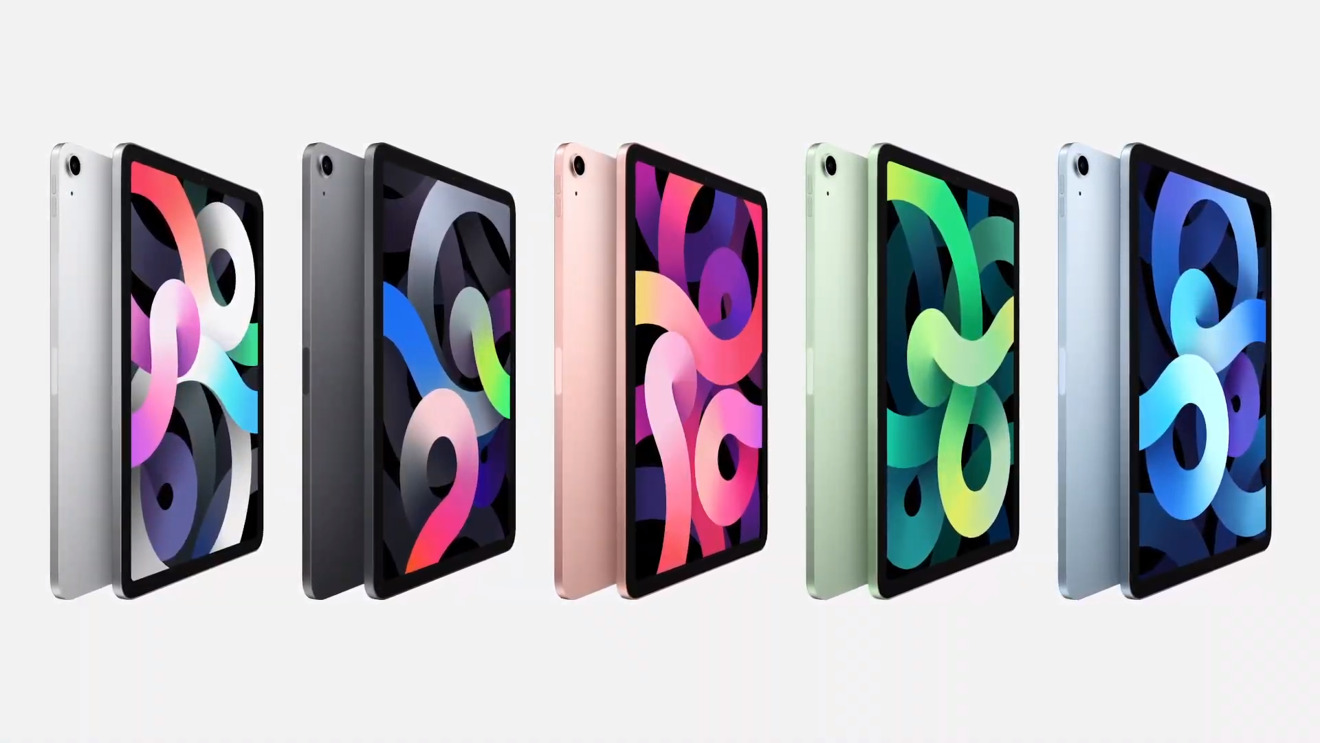

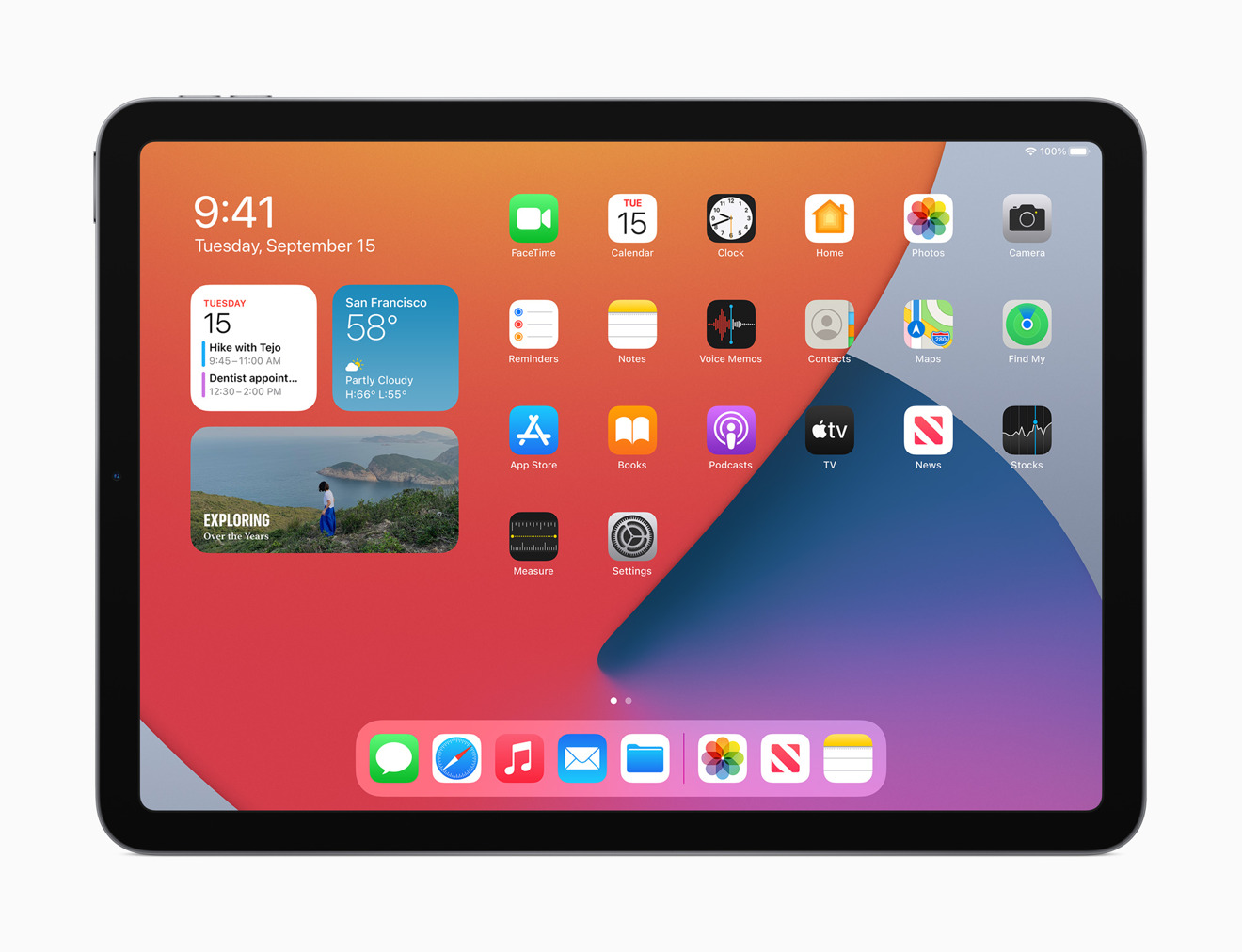
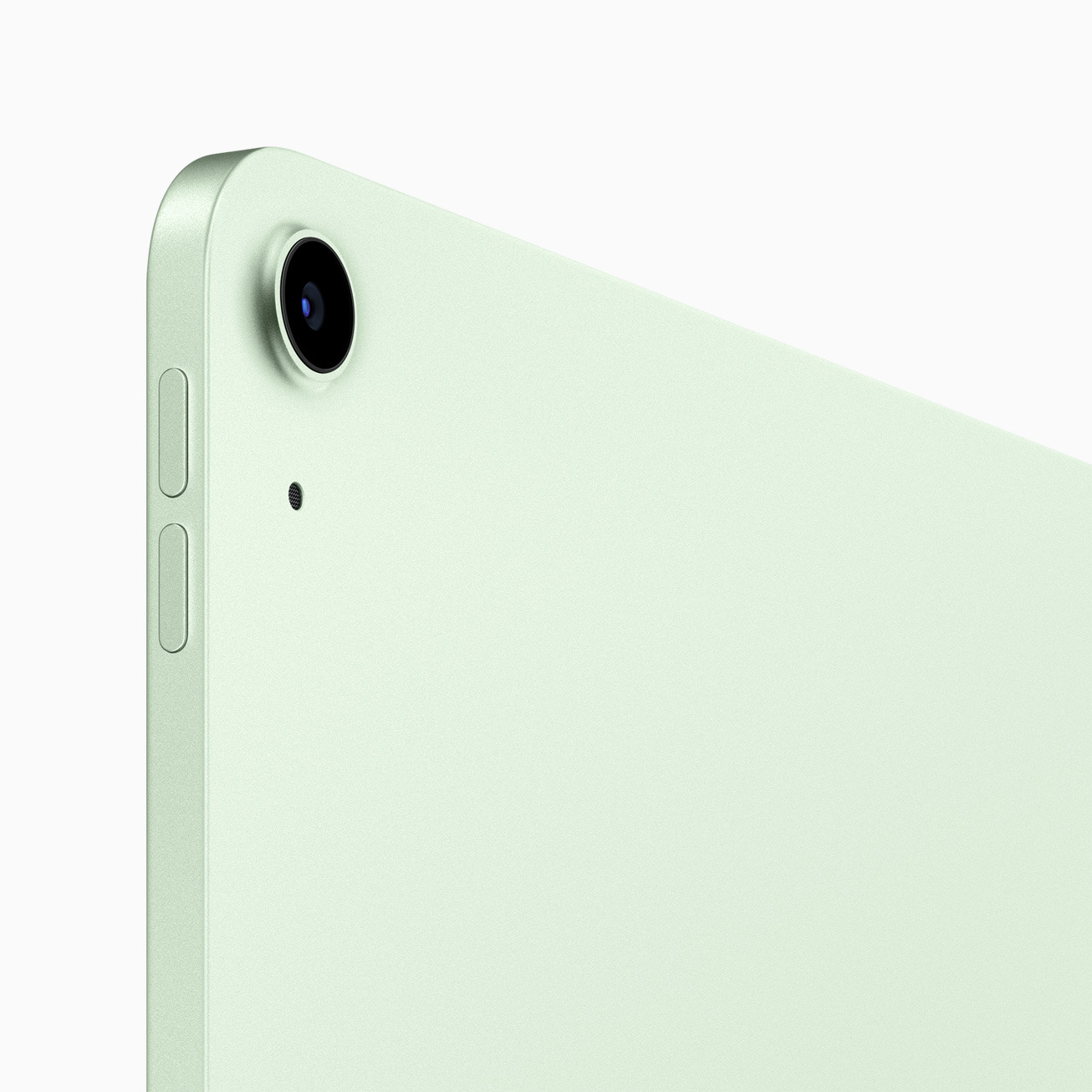
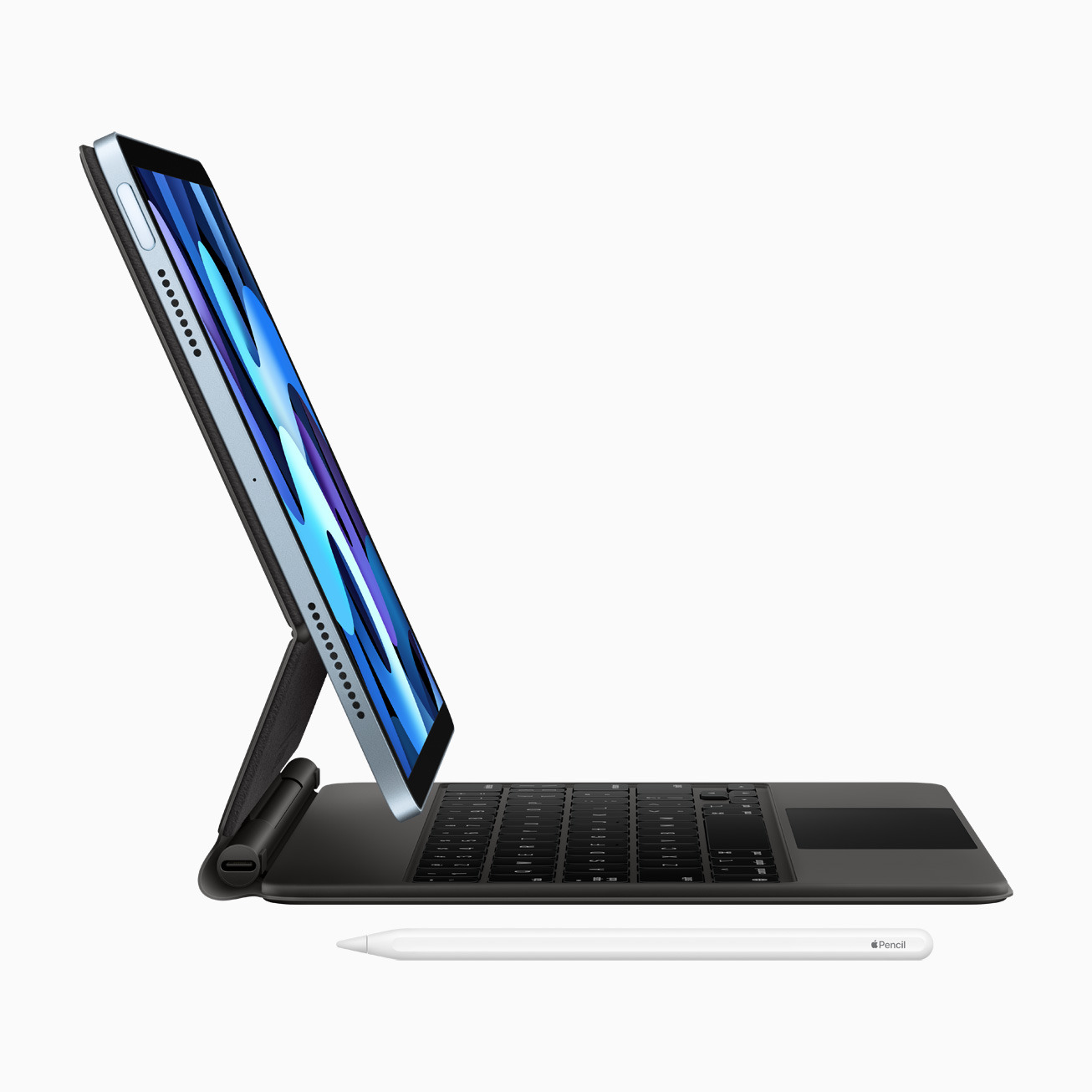

-m.jpg)






 Marko Zivkovic
Marko Zivkovic
 Mike Wuerthele
Mike Wuerthele
 Christine McKee
Christine McKee
 Amber Neely
Amber Neely
 Wesley Hilliard
Wesley Hilliard

 William Gallagher
William Gallagher


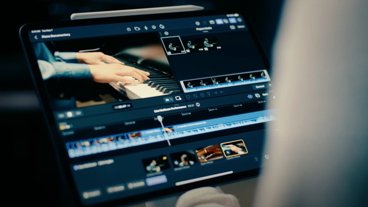







75 Comments
A14 5nm sounds amazing. 40% more transistors than A13.
(I'm still LOL'ing at that joker the other day who claimed Apple isn't designing its own chips because they bought PA Semiconductor 12 years ago!)
So, I just bout a 11” iPad Pro a few days ago (still unopened). What distinguishes the product lines now? Makes
no sense.
A14 is only hexacore. Strange. Was certain that it was going to be octa-core. Hexacore is good enough to replace the i3 and i5 in the Mac Mini and MacBook Air, but for MacBook Pro and iMac they are going to need an octacore design at minimum.
So is the iPad Air now more powerful than the iPad Pro?